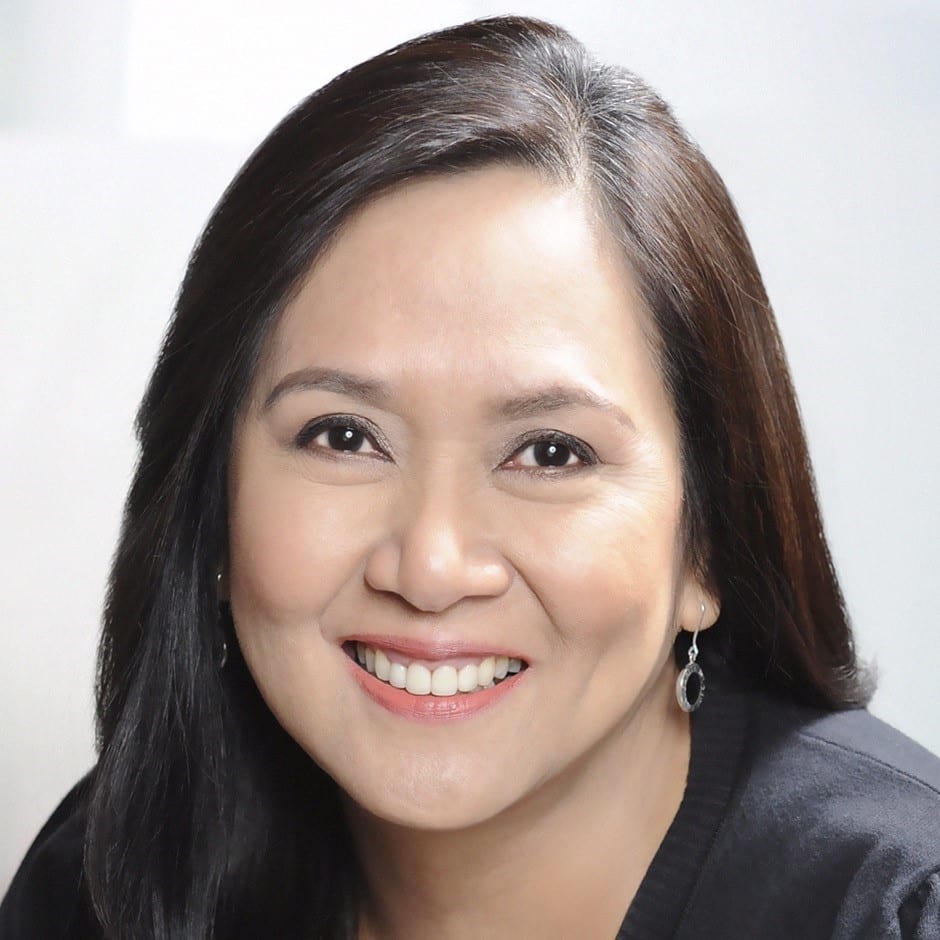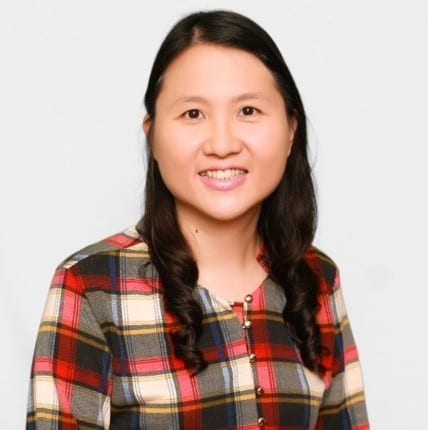
Q1: You were in consumer advertising before marketing political campaigns. How similar or different are the frameworks you use with marketing products or services to influence voters?
A: The framework is essentially the same. The candidate is like a “product” that must be sold on the basis of the benefits it claims and overall reputation that it owns. The other 2Ps in the marketing mix—Promotion and Place are likewise important. Communications (Promotions) is particularly critical and his visibility on the ground (via sorties, merchandizing, regional headquarters etc.) can be compared to a distribution/franchise network. And of course “Price” or cost is contextualized from the candidates’ point of view. He must have adequate finances to cover election expenses.
But unlike a shampoo, the candidate’s reputation and his ability to deliver on his “benefits” ( “promises” in the political market) is generally subject to perception, track record and to a large extent his trustworthiness and voters’ depth of knowledge.
Also, experimenting with a new shampoo is easier than trying out a candidate for an elective position. If the new shampoo doesn’t deliver, there simply won’t be a repeat purchase. Putting the wrong candidate in a seat of power means we suffer his incompetence and underperformance for his term and possibly permanent, far-reaching damage from poor governance and venality.
Q2: You earned a master’s degree in public administration at the Harvard Kennedy School of Government. How did that course influence you in your outlook about politicians and governance?
A: My one-year stint in Harvard Kennedy School gave me a more profound appreciation and understanding of Leadership and theoretical skills in campaign strategy, as well as sharpened/broadened communication skills. It strengthened my resolve to help only those who can withstand the seduction of power and are worthy of public trust.
Even before I got my Master’s degree, our Agency pioneered in social marketing or advocacy communications. We started to “sell” intangibles such as responsible parenthood and good governance. But I realized that if the leaders are corrupt and populist, nothing can be accomplished even if the citizens want them. So I resolved to help make only the good guys win. This, with full knowledge that generally, “the purer the candidate, the poorer he is.”
Q3: You have been involved in quite a number of political advertising campaigns. In your opinion, what does and does not work in political advertising?
A: The answer will need a whole book!
But suffice it to say, that for political ads to work—the message or the content is king! If the “promise” and the “image” being projected does not match the character of the candidate, it will not connect with the voters. This is the single biggest factor in political advertising. The message must be credible especially for presidential and vice-presidential aspirants. And of course it must reach the voter.
But spending millions is not enough to make the candidate win. We have witnessed that with our own eyes in the past.
Q4: Given that some 90% of our population are in the DE income class, will social media play a significant role in the Philippines?
A: Social media has definitely scaled up as an important campaign touch point to reach voters. The Philippines has been declared text capital and more recently Facebook capital of the world.
The entry of affordable smart phones (42 million) means there’s a viable new channel of mass communication. Whether it will prove to be a significant medium for convincing voters remains to be seen. This is an area worth measuring in post election.
Q5: Many politicians tap movie and TV personalities during political rallies and tri-media advertising. Does celebrity endorsement work for political candidates? What other strategies should be at play nowadays beyond personalities?
A: The only time I will recommend celebrity endorsement is when the candidate has low awareness and lacks name recognition. Even then, it would be purely tactical. I’ve never believed in “borrowed interest”.
Having said that, there are indications that star endorsement works better for multi-candidate voting such as the Senate. From my observation, the decision process of the voter differs when he is choosing twelve senators compared to choosing one president and vice president. He likes to be entertained with ads from senatorial bets. But he takes time to discern what his president and vice president can do for him.
So twerking and Aldub maybe acceptable in senatorial ads, but it will not be persuasive enough in a presidential ad.
Q6: What has been your all-time favorite political campaign, local or international, so far and why? Has there been a come-from-behind win due mainly to advertising?
A: Obama’s first run in 2008 was considered a gold standard in electoral campaigns. It combined social media and crowd sourcing with traditional media; it introduced town hall meetings and people consultation in a real and meaningful way. Barrack Obama really came from behind. He was a relative unknown being a neophyte Senator. His message of “Change we can believe in” was simple, clear and consistent.
At that time Hilary Clinton was leading by far. This newbie, who was African American in roots took the Democratic Primary and then eventually became the 44th President of USA, two terms.
Q7: You did commercials for then candidate (later President) Fidel Ramos (vs. Miriam Santiago and Eduardo Cojuangco) as well as current President Benigno Aquino II (vs. now Manila Mayor Joseph Estrada). The former was a close fight, the latter against a come backing president (who still got close to 9.5 million votes despite being previously penalized for graft). How different were the brand positioning of your candidates then?
A: When FVR run and won by a nose in 1992, political advertising was still banned. The only venues for communication were the Comelec- allowed TV programs and events such as debates. It was quite hard to create a “brand” and position the candidate to differentiate him from the rest. That was my first salvo in political advertising, working in the campaign’s communications unit as the creative writer.
Fast forward to PNoy in 2010. He was the accidental and late entrant in the presidential derby. The line “Kung walang corrupt walang mahirap” defined the PNoy brand. It was meant to educate the voter on the cause and effect of corruption [which they had come to cynically accept as a necessary evil] and how it exacerbates poverty.
Q8: You provided advertising campaigns for presidential candidate (then) Senator Raul Roco, who did not win. What lessons did you learn from that?
A: I think that winning a presidential race is a matter of destiny. Raul Roco could have won, but it wasn’t written in his stars.
His prostate cancer recurred during the presidential campaign of 2004. Less than one month from elections, the cancer had metastasized to his bones, making sorties so excruciatingly painful. He finally had to have a medical furlough in the US for cancer treatment and pain management. When he left, it was still a three-way statistical tie among GMA, FPJ and Raul Roco.
When he returned from the US about ten days before elections, he had lost almost 40 pounds. We knew it was a lost cause. But he didn’t want to quit because his supporters might think he got “bought” to back off. So like the “Last Samurai”, he went on to the very end.
You remember who won in 2004? And how she won? Raul Roco did not lose. The nation did. He was the best president we never had. We probably did not deserve him.
Q9: You handled the advertising campaigns of national candidates like Senator Frank Drilon and Speaker Manny Villar, as well as local candidates such as Leni Robredo (now Naga Congresswoman running for VP), Kaka Bag-ao (now Dinagat Congresswoman) and Hilario Davide III (now Cebu Governor) in the past. How different and demanding is advertising for local candidates versus those running for national office?
A: Actually, if you want a Phd in campaigning and a ringside view of politics, go local. As former US Speaker of the House Tip O’Neil said, “all politics is local”. That simply meant a politician’s success depends on his ability to understand, shape and control the issues of his constituents.
National candidates have relied on “air war” and big, stage-managed rallies and sorties to reach voters. But these do not take the place of consultations and dialogue with constituents. The latter determines the quality of relationship with the voters.
I think the only politicians who understood and lived this principle is the late Jesse Robredo and his wife, VP candidate Leni Robredo. The two embody the essence of true servant leadership which is anchored on two-way communication and empathy with those they lead.
Q10: Among the younger political leaders, who is your dream future client for president in 2028 and why?
A: You mean 2022? There’s only one that is “project-able” as President of the Philippines in the future. That’s Leni Robredo. The only leader that walks the talk. She was serving the people even BEFORE she hesitantly entered the murky world of politics.
Only a politician with an uncompromising moral compass is immune from power-induced corruption. We have been betrayed by our leaders before. Yet they were able to make a comeback without so much as an apology.
But even before we think of 2022, we must launch a massive voter education campaign that begins the moment the campaign season ends. It is not just “bobotantes” who need to be educated. It’s also the influential big business who “buy” politicians that protect their crony interests.
There must be a deep clean-up in the ranks of Comelec. They are just as liable for all the evil leaders this country has had to live with.



All future massive voter education campaigns will include Yolly Villanueva Ong’s disparaging comments about the people of Mindanao after the recent earthquakes. Good luck to whoever she campaigns for. They’ll need it.
Yoly Villanueva-Ong Go fuck yourself